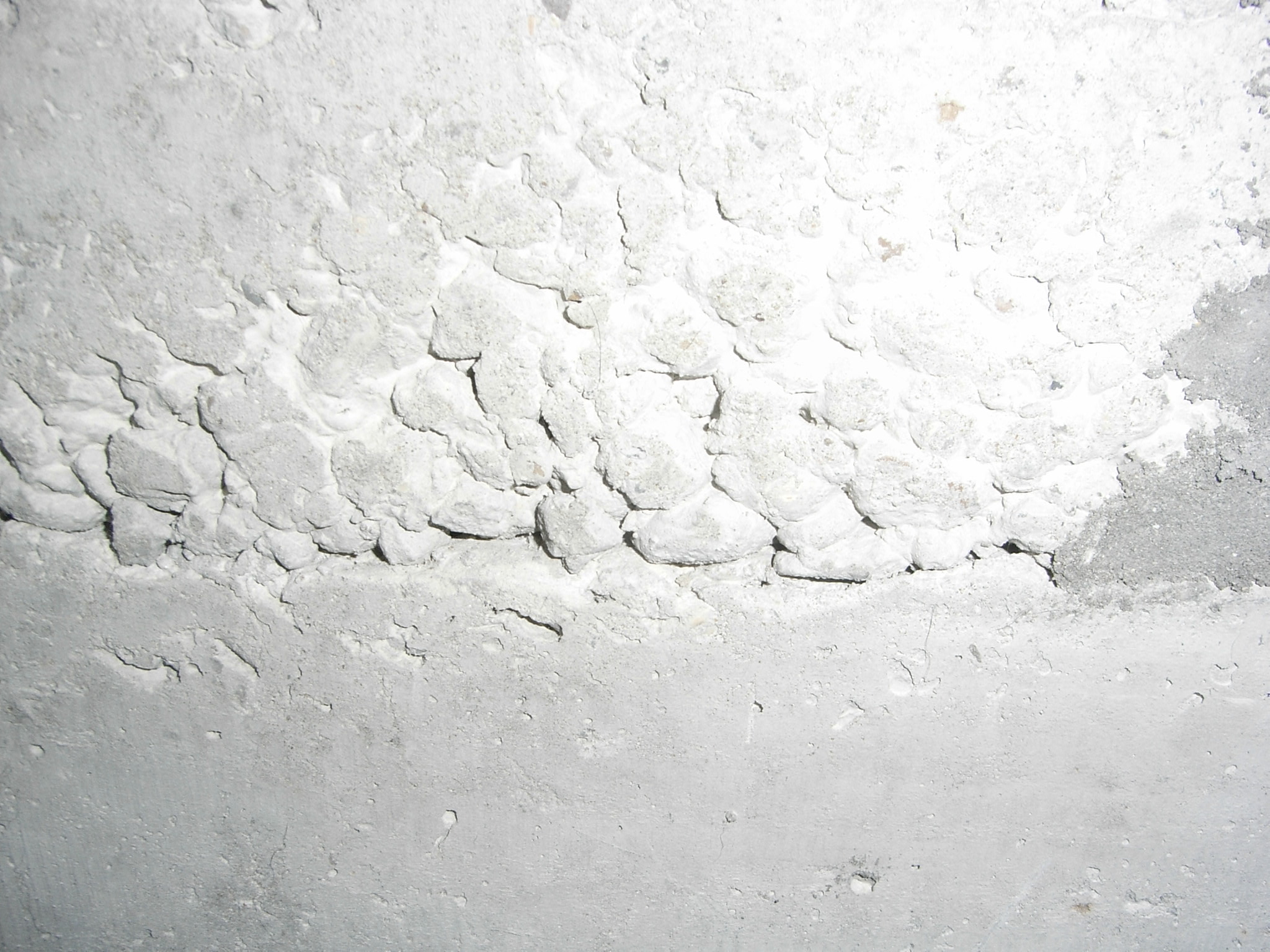Segregation in concrete on:
[Wikipedia]
[Google]
[Amazon]
Segregation in concrete is a case of 
Towards a realistic morphological model for the meso-scale mechanical and transport behavior of cementitious composites
Davood Niknezhad; Balaji Raghavan; Fabrice Bernard; Siham Kamali-Bernard; Composites Part A: Engineering, Volume 381, 72-83, 2015 Elsevier
- from Civil Experiences
Lecture 12: Module 5 Lecture - 4 Fresh Concrete : Segregation & Bleeding
from the Indian Institute of Technology, Delhi Concrete {{Civil-engineering-stub
particle segregation
In particle segregation, particulate solids, and also quasi-solids such as foams, tend to segregate by virtue of differences in the size, and also physical properties such as volume, density, shape and other properties of particles of which they ...
in concrete
Concrete is a composite material composed of fine and coarse aggregate bonded together with a fluid cement (cement paste) that hardens (cures) over time. Concrete is the second-most-used substance in the world after water, and is the most wid ...
applications, in which particulate solid
Solid is one of the four fundamental states of matter (the others being liquid, gas, and plasma). The molecules in a solid are closely packed together and contain the least amount of kinetic energy. A solid is characterized by structural ...
s tend to segregate by virtue of differences in the size, density
Density (volumetric mass density or specific mass) is the substance's mass per unit of volume. The symbol most often used for density is ''ρ'' (the lower case Greek letter rho), although the Latin letter ''D'' can also be used. Mathematical ...
, shape and other properties of particles of which they are composed.

Definition
It is described byAmerican Society for Testing and Materials
ASTM International, formerly known as American Society for Testing and Materials, is an international standards organization that develops and publishes voluntary consensus technical standards for a wide range of materials, products, systems, an ...
as follows: "Segregation in concrete is commonly thought of as separation of some size groups of aggregates from cement mortar in isolated locations with corresponding deficiencies of these materials in other locations. Segregation results in proportions of the laid concrete being in variation with those designed. Segregation could result from internal factors such as concrete that is not proportioned properly and not mixed adequately, or too workable a mix. It also could result from external factors such as too much vibration, improper transportation, placement, or adverse weather conditions. The corresponding increase in proportion of cement
A cement is a binder, a chemical substance used for construction that sets, hardens, and adheres to other materials to bind them together. Cement is seldom used on its own, but rather to bind sand and gravel ( aggregate) together. Cement mi ...
paste in upper areas would tend to make them susceptible to increased shrinkage and formation of cracks. These cracks could be 10 µm to 500 µm wide, formed perpendicular to the surface, and be in the form of map patterns."
The concrete should be free from segregation. It is defined as the breaking up of cohesion (separation of concrete aggregate) in a mass of concrete. It results in honey-combing, decrease in density, and ultimately loss of strength of hardened concrete. The effect of aggregate segregation on the mechanical and transport behavior of concrete has been the focus of both modeling as well as experimental investigation.
See also
*Properties of concrete Concrete has relatively high compressive strength (resists breaking, when squeezed), but significantly lower tensile strength (vulnerable to breaking, when pulled apart). The compressive strength is typically controlled with the ratio of water to ce ...
Notes
References
Further reading
*Towards a realistic morphological model for the meso-scale mechanical and transport behavior of cementitious composites
Davood Niknezhad; Balaji Raghavan; Fabrice Bernard; Siham Kamali-Bernard; Composites Part A: Engineering, Volume 381, 72-83, 2015 Elsevier
External links
- from Civil Experiences
Lecture 12: Module 5 Lecture - 4 Fresh Concrete : Segregation & Bleeding
from the Indian Institute of Technology, Delhi Concrete {{Civil-engineering-stub